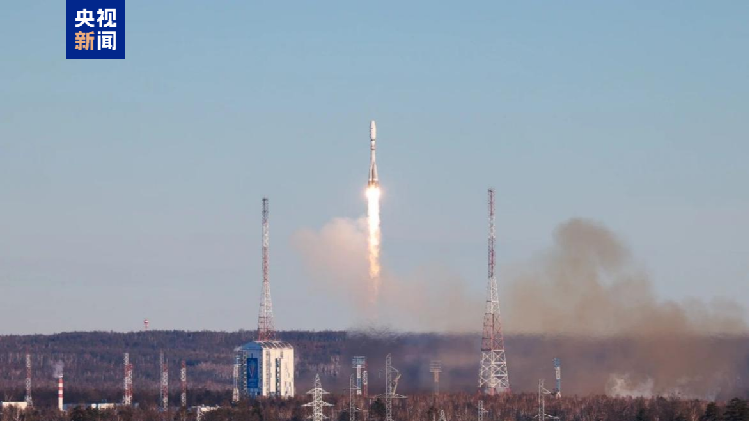Chinese and Russian University Students Launch Their First Microsatellite
A successful launch took place on Tuesday for a microsatellite created in collaboration between Chinese and Russian universities. This CubeSat, which was primarily developed by undergraduate students, is designed to enhance micro-nano satellite technology, facilitate radio experiments, and advance space science education.

The CubeSat, which weighs around 15.7 kilograms, will fulfill various roles, such as verifying micro-nano satellite technology, facilitating amateur radio experiments, and enhancing space science education, according to the Harbin Institute of Technology (HIT), one of the project's main developers.
This initiative brings together capabilities from several universities across both countries, including HIT, Nanjing University of Aeronautics and Astronautics, Amur State University, and Bauman Moscow State Technical University. The project aims to foster cooperation in higher education and encourage cultural exchange among students from both nations.
Cao Jian, deputy director of HIT's international cooperation department, shared that the satellite's development was primarily a student-led effort, with more than 50 students participating in various stages of the project, most of whom were undergraduates when they began their involvement. The student team, guided by faculty advisors and supported by university resources, had significant autonomy in managing the project and making technical decisions.
"The school provided us with an experienced team of faculty advisors, ample experimental resources, research and development funding, and granted our student team full autonomy over technical decisions, command, and management," noted Zhang Jiyao, a doctoral student at HIT's School of Astronautics and a member of the research team.
For students like Fang Kangbo, who is an undergraduate at the School of Electronic and Information Technology, the project offered practical experience closely linked to their academic learning.
"Standing at the launch site, counting down to liftoff, I felt like the theories I'd learned in class were coming to life," Fang remarked. "This semester, I started studying communication principles. During the launch, we ensured each command was transmitted and executed precisely, and the telemetry data we received reflected the satellite's status. From countdown to orbit, the communication system was vital at every stage."
Debra A Smith for TROIB News
Discover more Science and Technology news updates in TROIB Sci-Tech












